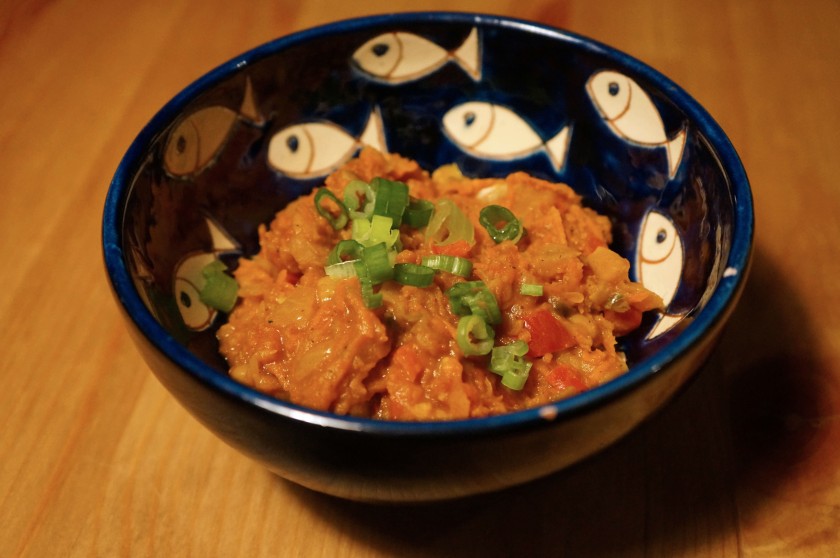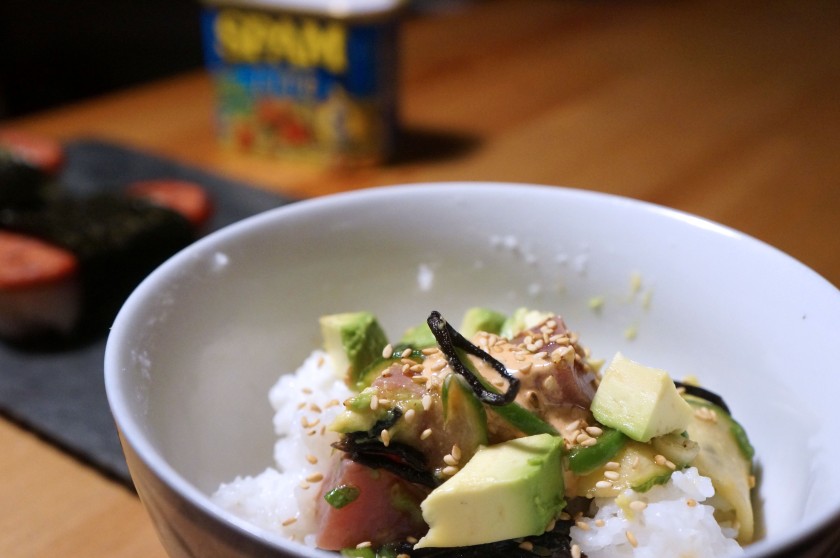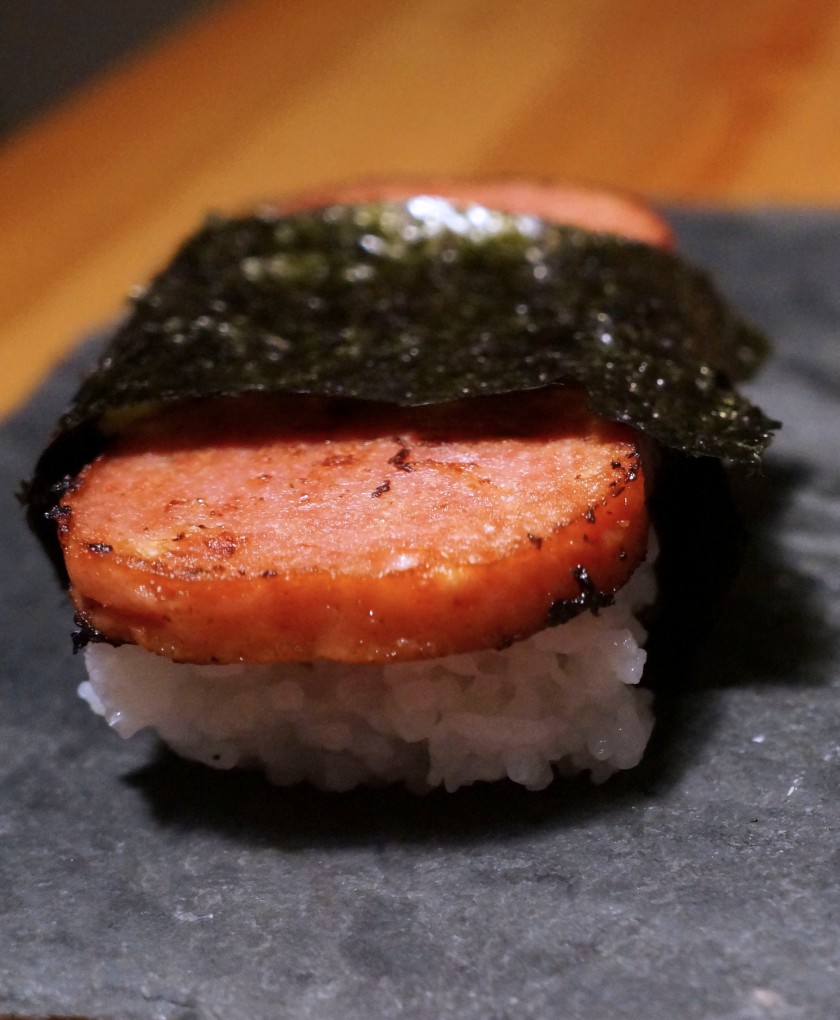Chakalaka
Chakalaka is a South African staple, especially at barbecues. So maybe December isn’t the best time of year to make a BBQ side dish (we are well into winter weather up here), it can at least remind us of warmer times. This dish is a bit sweet, spicy, and crunchy…with every veggie under the sun included.
The Dish
The recipe comes from the Immaculate Bites blog and includes a mix of peppers, spices (including cumin, paprika, and curry), carrots, tomatoes, and the “star” of the dish…baked beans. It seemed like an odd addition, but we can see why this is a staple at BBQs.

The Verdict
The beans brought an interesting twist to this dish. Maybe it was because E was shopping for baked beans in an American supermarket, but this dish came out a lot sweeter than expected. The blend of peppers, carrots, tomato, and curry made for a nice condiment. E thinks this could be delicious paired with BBQ ribs or even a hot dog!




































